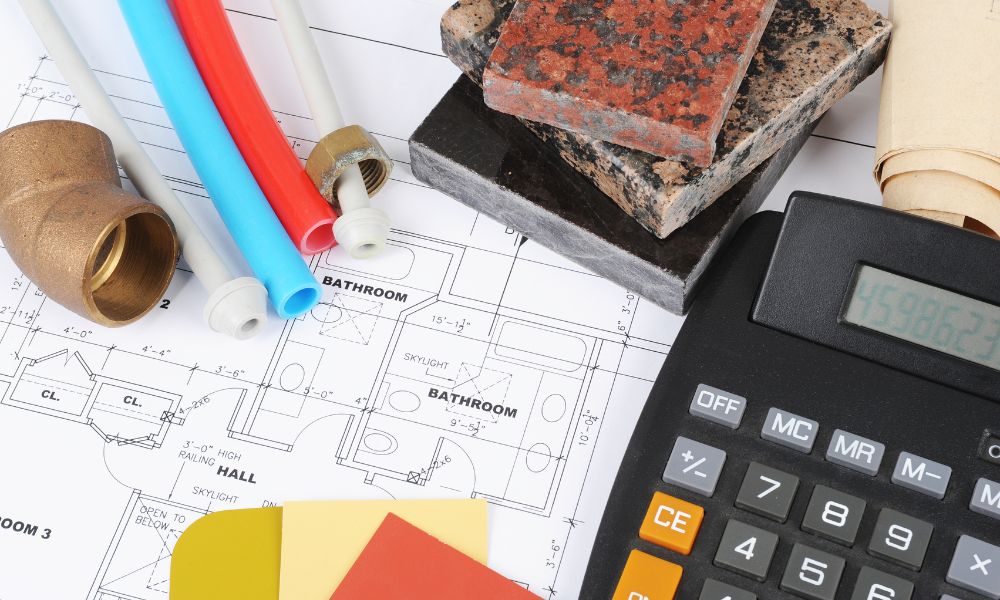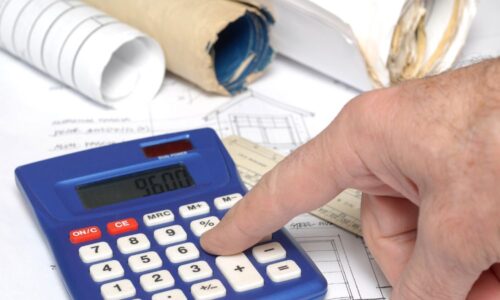In the construction industry, accuracy is everything, especially when it comes to estimating materials for a project. A single error in the material takeoff process can lead to overordering, costly delays, or worse—project overruns that chip away at your profit margins. Given the high stakes, material takeoff is one of the most critical tasks for contractors, estimators, and quantity surveyors.
Material takeoff (MTO) involves calculating the exact quantities of materials needed based on project plans, blueprints, and specifications. Accurate material takeoff ensures that your project runs smoothly and stays on budget. With advancements in digital tools and AI, material takeoff has evolved, but maintaining precision still requires a strategic approach.
In this blog, we’ll discuss five essential tips to enhance the accuracy of your material takeoff process and provide best practices to ensure your next project is set up for success.
Use Digital Tools to Automate and Streamline Takeoff
One of the simplest ways to improve the accuracy of your material takeoff is to leverage digital takeoff tools. Manual takeoffs, performed with pen, paper, and printed blueprints, are prone to human error and can be incredibly time-consuming. Even small mistakes can have significant repercussions. Digital tools, such as Bluebeam Revu and PlanSwift, allow contractors to automate much of the process and provide enhanced accuracy.
Bluebeam Revu: This software allows users to perform digital markups and measurements directly on PDFs of project plans. You can measure areas, lengths, and volumes digitally, minimizing the risk of miscalculation.
PlanSwift: PlanSwift is another widely-used software that simplifies material takeoff by allowing users to drag and drop assemblies onto digital blueprints, automatically calculating the necessary quantities. It also integrates with Excel, which allows for easy data export and manipulation.
Kubla Cubed: For excavation and earthwork projects, Kubla Cubed offers precise measurements for material volumes, cuts, and fills, making it ideal for civil projects.
By digitizing your takeoff process, you can greatly reduce the likelihood of human error and speed up the process without sacrificing precision. These tools also enable greater collaboration between project teams, as they can easily share, edit, and review takeoff documents in real-time.
Review and Cross-Check Project Plans Thoroughly
Another critical aspect of improving material takeoff accuracy is ensuring that you’re working with the most up-to-date and accurate project plans. Construction projects can be subject to frequent design changes, revisions, and updates. Working with outdated plans can lead to major takeoff inaccuracies and costly mistakes down the road.
Here’s how to avoid these issues:
Stay Updated: Ensure that you’re using the latest version of project documents, including blueprints, design drawings, and specifications. If there have been any updates or revisions, make sure that they are incorporated into your takeoff process.
Cross-Check for Consistency: It’s important to cross-check the quantities and dimensions outlined in the plans with the actual takeoff measurements. Make sure that all rooms, walls, doors, and windows are accurately represented in the drawings before finalizing your material quantities.
Collaborate with the Design Team: If you find any discrepancies between the project plans and actual site conditions, communicate with the design or architectural team to resolve these issues as early as possible. This will prevent costly rework and delays down the line.
Break Down the Project Into Sections
Large construction projects can be overwhelming when you attempt to complete the takeoff in one go. To improve accuracy, break the project down into smaller sections or phases. This approach allows you to focus on one area at a time, reducing the chance of overlooking details or making calculation errors.
Divide the Project into Zones: Separate the project into distinct sections, such as floors, building wings, or rooms. Conduct material takeoff for each section independently before moving on to the next.
Segment by Material Type: Another useful strategy is to break down the takeoff by material types (e.g., concrete, timber, steel, etc.). This allows you to concentrate on the specific requirements for each material before combining the results into a comprehensive takeoff report.
Use Templates: If your construction projects tend to follow a similar pattern (e.g., multiple housing units), create standardized takeoff templates for each section or material type. This reduces redundancy and speeds up the process while maintaining accuracy.
Factor in Wastage and Overages
No matter how accurate your takeoff calculations are, there will always be some level of material wastage during construction. Failing to account for waste can result in material shortages and project delays. To avoid this, it’s important to build in waste allowances during the takeoff process.
Standard Industry Allowances: Different materials have different waste rates, and these can vary depending on the type of project and the quality of workmanship. For instance, brick and masonry work may have a 5-10% waste allowance, while flooring materials may have a 10-15% waste factor due to offcuts and installation errors.
Project-Specific Overages: Each project is unique, and site conditions may require additional material overages. For example, complex roof designs might necessitate extra tiles or roofing materials to account for intricate angles and details. Ensure that you adjust your takeoff accordingly to accommodate these site-specific factors.
Safety Buffers: Incorporate a safety buffer into your material estimates to prevent shortages. A 5-10% buffer is often sufficient to cover unexpected losses or errors without significantly inflating material costs.
By accounting for waste and overages in advance, you can ensure that your project runs smoothly without material shortages or budget overruns.

Regularly Update and Refine Your Takeoff Process
The construction industry is constantly evolving, and so should your approach to material takeoff. Regularly updating your methods, tools, and processes can significantly enhance the accuracy of your takeoff calculations over time.
Continuous Training: Keep your team updated on the latest software, industry standards, and best practices for material takeoff. Regular training ensures that everyone on your team knows how to use the latest digital tools effectively and efficiently.
Refine Your Templates and Checklists: As you complete more projects, refine your takeoff templates and checklists based on past experience. Incorporate feedback from previous projects to improve future takeoffs, ensuring that your process becomes more accurate with each iteration.
Embrace AI and Automation: The future of material takeoff lies in AI-powered tools and automation. By adopting these technologies, you can further reduce errors, improve efficiency, and provide more accurate estimates. AI-driven takeoff software can learn from previous projects and provide predictive analytics, helping you make better decisions for future projects.
By continuously refining your process and adopting new technologies, you can stay ahead of the curve and deliver more accurate estimates for your clients.
How Measure Manage Can Help with Accurate Material Takeoff
At Measure Manage, we specialize in providing professional material and quantity takeoff services that prioritize accuracy and efficiency. Our team of experienced quantity surveyors utilizes cutting-edge tools like Bluebeam Revu and PlanSwift to automate the takeoff process, ensuring that all necessary materials are accounted for and that your project stays on track.
Whether you’re working on a small residential build or a large commercial project, we can provide tailored takeoff services that meet your specific needs. Our commitment to accuracy means that we factor in all relevant elements, from project-specific overages to industry-standard wastage rates, so you don’t have to worry about unexpected material shortages.
Accuracy is Key to Project Success
Material takeoff is the foundation of every successful construction project. Without accurate material estimates, contractors run the risk of costly delays, budget overruns, and even project failure. By using digital tools, staying up-to-date with project documents, breaking down the project into manageable sections, accounting for waste, and regularly refining your process, you can significantly improve the accuracy of your material takeoff and set your project up for success. If you’re ready to streamline your material takeoff process and ensure that your next project is delivered on time and on budget, contact Measure Manage today to learn more about our professional takeoff services.




